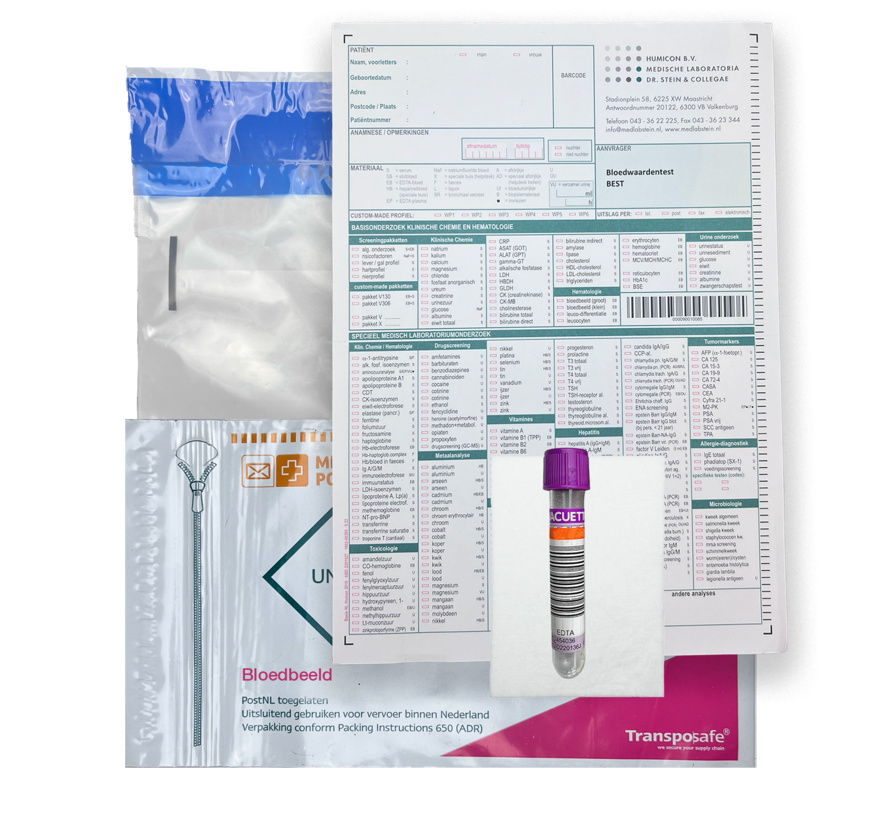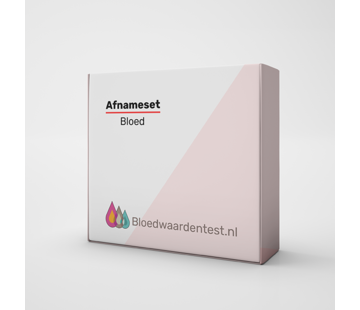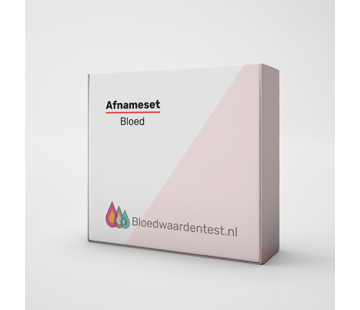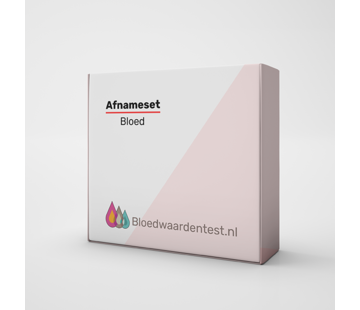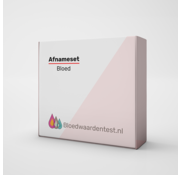Comprehensive Blood Count including Leuco Diff
(Major blood count) including leukocyte differentiation:
- Haemoglobin (Hb) - anaemia and general tiredness
- Leucocytes - White blood cells infections
- Platelets - preventing blood loss
- Hematocrit
- Red blood cells (erythrocytes)
Hematology is the specialty that deals with the diseases of the blood, bone marrow and lymph nodes.
Hemoglobin
The normal values (reference values) of hemoglobin depend, among other things, on age and sex.
Elevated hemoglobin may result from:
- Dehydration
- Increased production of red blood cells in the bone marrow
- Serious lung diseases
- Long-term stay at high altitude (2000 metres)
A lowered hemoglobin can be the result of:
- Iron deficiency or lack of vitamins folic acid and vitamin B12
- Hereditary haemoglobin disorders such as sickle cell anaemia or thallassemia
- Hereditary diseases of red blood cells
- Liver decomposition (liver cirrhosis)
- Excessive blood loss
- Increased breakdown of red blood cells
- Kidney diseases
- Chronic inflammatory diseases
- Poorly functioning bone marrow (aplastic anaemia)
Hematocrit
Lowered hematocrit indicates anemia, caused for example by iron deficiency. Other causes of a lowered hematocrit may be vitamin deficiency, bleeding, liver disease or cancer. Further investigation is needed to find the cause of the anemia.
Elevated hematocrit is usually caused by dehydration. Intake of adequate fluids usually solves this problem. Another cause of high hematocrit may be the disease polycytemia vera. In this case, too many red blood cells are produced in the bone marrow. Elevated hematocrit also occurs when the lungs do not function properly, causing the body to receive too little oxygen. To compensate for this lack of oxygen, the bone marrow makes more red blood cells and this leads to increased hematocrit.
RBC(erythrocytes) Red blood cells
Decreased when anemia is present. Increased when there is increased production and when fluid is lost due to diarrhea, dehydration or burns.
MCV
An MCV value that is too high may indicate anemia due to vitamin B12 and/or folic acid deficiency.
An MCV too low can indicate anemia due to iron deficiency. Also in patients with thalassemia (abnormality of the hemoglobin protein in the red blood cells) the MCV is too low.
MCHC
(Mean Corpuscular Hemoglobin Concentration) May be decreased if the MCV is decreased. An increase depends on the amount of hemoglobin that fits into a red blood cell.
WBC(leukocytes) White blood cells
Increased in infections, inflammation and cancer. Decreased with medication use (e.g., methotrexate), with some autoimmune diseases, with some serious infections, and with bone marrow failure.
Platelets
Infections and inflammation, iron deficiency and spleen removal can temporarily increase the platelet count. Sometimes a high platelet count occurs for no apparent reason and without consequences. Also, in the case of certain bone marrow diseases (called myeloproliferative diseases), the platelet count may be elevated. In these bone marrow diseases, both a bleeding tendency and the easier formation of a clot (thrombosis) can occur.
A low platelet count can be caused by decreased production of platelets in the bone marrow or by accelerated breakdown in the blood. In either case, the platelet count can become so low that spontaneous bleeding occurs.
What is leukocyte differentiation?
To get information about the type of infection, inflammation or allergic reaction.
Leukocytes are white blood cells. They are particularly involved in our immune system. During an infection, strenuous exercise or pregnancy, leukocytes may be elevated. There are different types of leukocytes for the different types of infections that need to be fought.
During leukocyte differentiation (leuco diff), all types of leukocytes are counted separately.
- neutrophilic granulocytes
- lymphocytes
- eosinophilic granulocytes
- basophilic granulocytes
- monocytes
Neutrophil granulocytes are particularly associated with bacterial infections and other inflammatory responses. They play a role in the first defence. Broken neutrophils can be found in pus.
Lymphocytes can be divided into T and B cells. They form the memory of the immune system and produce antibodies. If one has already experienced an infection with the same pathogen, the lymphocytes can act quickly and efficiently. This is also called the specific immune response.
Eosinophilic granulocytes especially fight infections from parasites. An increase in these can indicate a parasitic infection such as tapeworm or malaria.
Basophilic granulocytes are the least abundant in the blood (normally less than 1%). The cells carry substances that can initiate an inflammatory reaction, such as histamine. These substances cause the blood vessels to dilate and become somewhat permeable. This allows the other cells to reach the inflammation more easily. This is what causes, for example, the typical picture of an allergic reaction in which the skin turns red because the small vessels dilate.
Monocytes present found foreign particles (bacterial or viral particles) to the lymphocytes. They help and thus participate in the specific immune response. They are monitors in the blood that can quickly arrive at the scene of an infection. Monocytes can take the foreign substances and bring them to the T-cells for evaluation.




